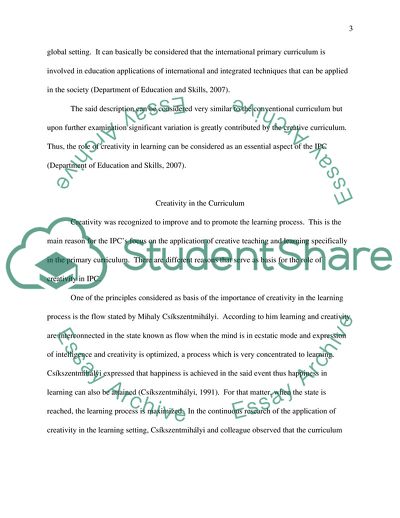Cite this document
(The International Primary Curriculum Case Study, n.d.)
The International Primary Curriculum Case Study. Retrieved from https://studentshare.org/education/1735092-how-effective-is-the-international-primary-curriculum
The International Primary Curriculum Case Study. Retrieved from https://studentshare.org/education/1735092-how-effective-is-the-international-primary-curriculum
(The International Primary Curriculum Case Study)
The International Primary Curriculum Case Study. https://studentshare.org/education/1735092-how-effective-is-the-international-primary-curriculum.
The International Primary Curriculum Case Study. https://studentshare.org/education/1735092-how-effective-is-the-international-primary-curriculum.
“The International Primary Curriculum Case Study”. https://studentshare.org/education/1735092-how-effective-is-the-international-primary-curriculum.


